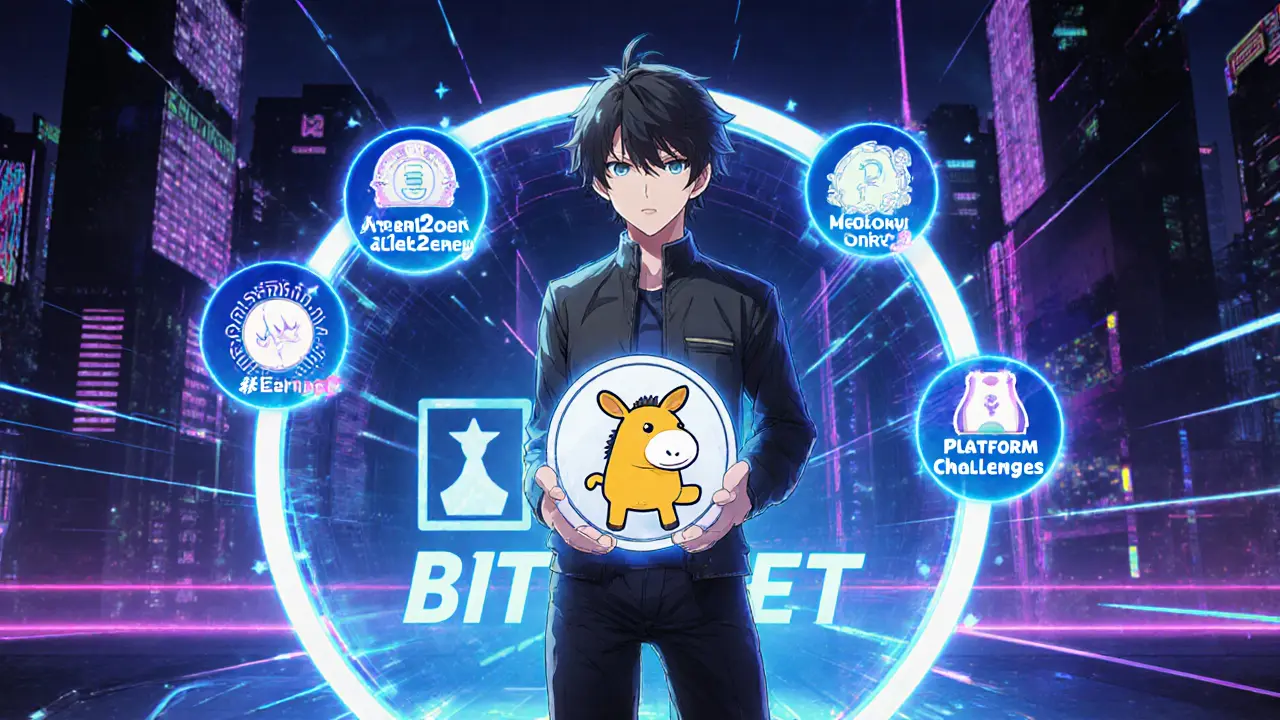Donkey Token: What It Is, Why It Matters, and What You Should Know
Donkey token, a meme-based cryptocurrency with no real-world use case, often launched as a joke or social experiment on blockchains like Solana or Base. Also known as $DONK, it’s one of hundreds of tokens that pop up with viral hype but vanish just as fast. Unlike coins built for payments, DeFi, or real infrastructure, Donkey token exists because someone thought it would be funny — and someone else thought they could make money off the joke.
It’s part of a bigger group of tokens that rely on community buzz, not code. Meme coins, crypto assets driven by internet culture rather than technology, have become a staple of the crypto landscape. Think Dogecoin, Shiba Inu, or Elon for AfD — all started as jokes, all attracted traders chasing quick gains. Donkey token fits right in. But here’s the catch: most of these tokens never list on major exchanges, have zero trading volume within weeks, and leave holders with nothing but a wallet full of worthless digital scraps.
Crypto airdrops, free token distributions meant to spread awareness often fuel these projects. Someone gets a free batch of Donkey tokens, posts about it on Twitter, and suddenly it’s trending. But without real development, team transparency, or utility, it’s just noise. The same pattern shows up in posts about Sunny Side Up, Koi Finance, and BaseHoundBot — all tokens that looked promising at first, then collapsed into silence. Donkey token follows the same script.
There’s no secret formula to winning with these coins. It’s not about timing the market — it’s about knowing when to walk away. If a token’s only selling point is a meme, a celebrity mention, or a promise of a future airdrop, it’s not an investment. It’s a gamble with odds stacked against you. And if you see someone pushing Donkey token as the next big thing, ask: where’s the code? Who’s behind it? What’s the roadmap? If the answer is silence or a Discord link, you already know the answer.
What you’ll find below isn’t a guide to buying Donkey token. It’s a collection of real stories about tokens that looked like opportunities — and turned out to be traps. From dead DeFi projects on zkSync to AI bots with no working software, these posts show you what to look for — and what to avoid. The goal isn’t to scare you off crypto. It’s to help you spot the difference between a joke and a scam before you lose money on either.
